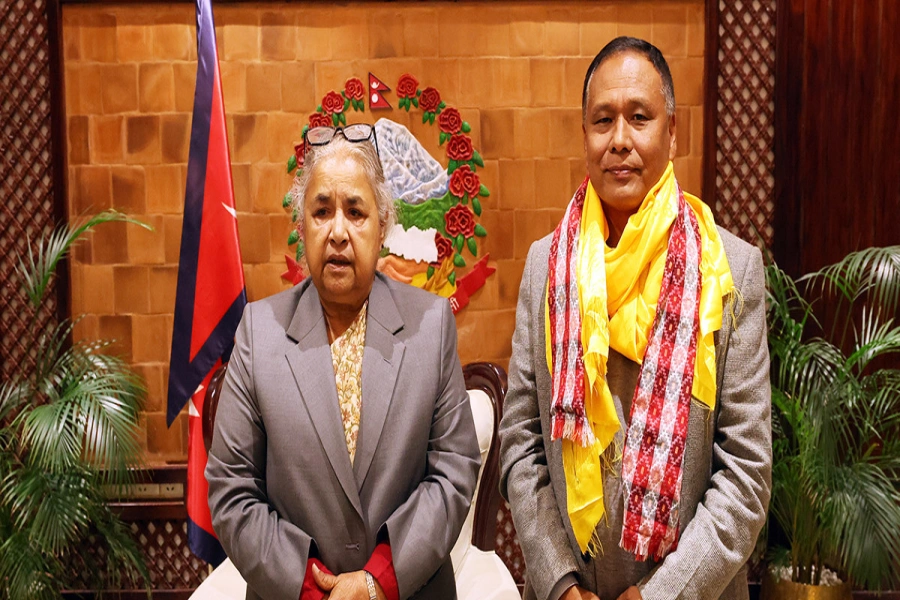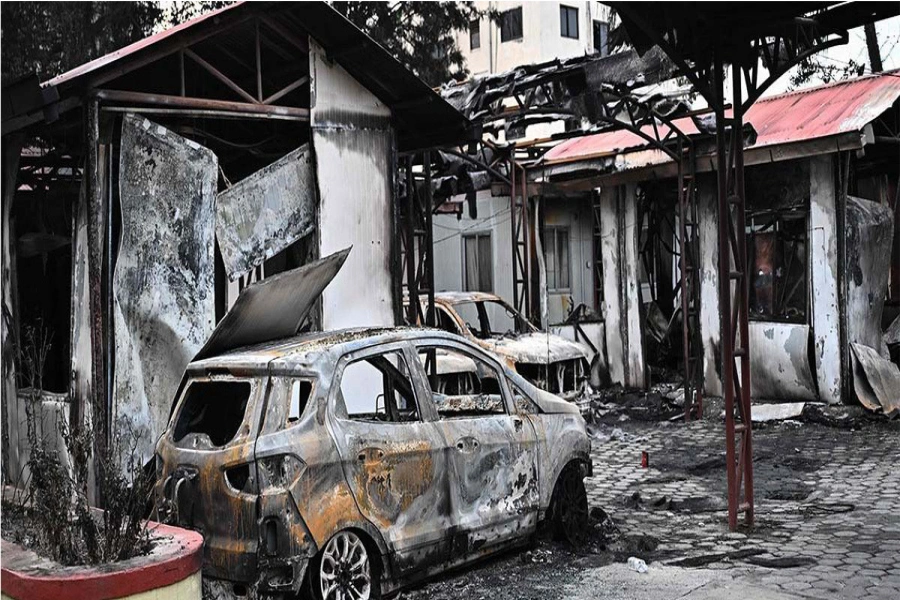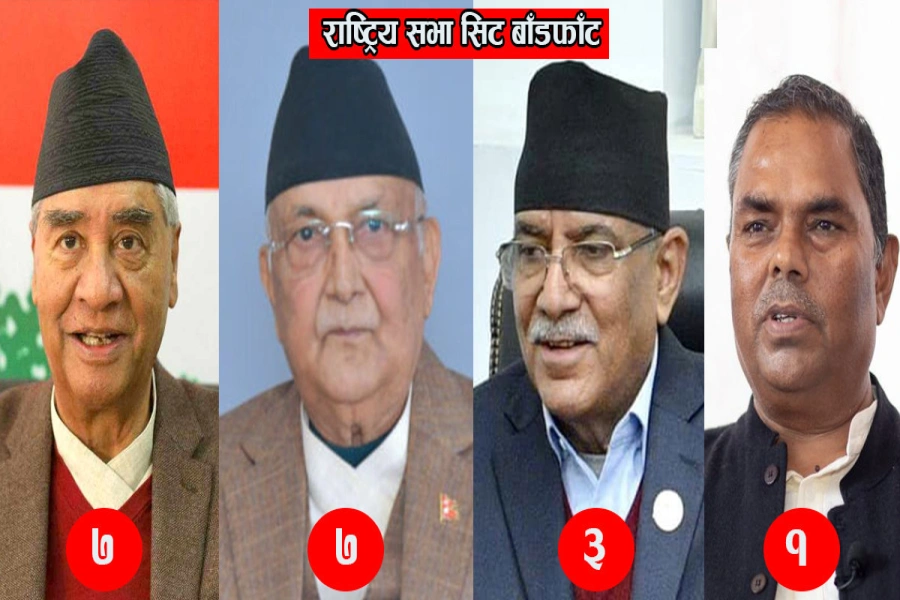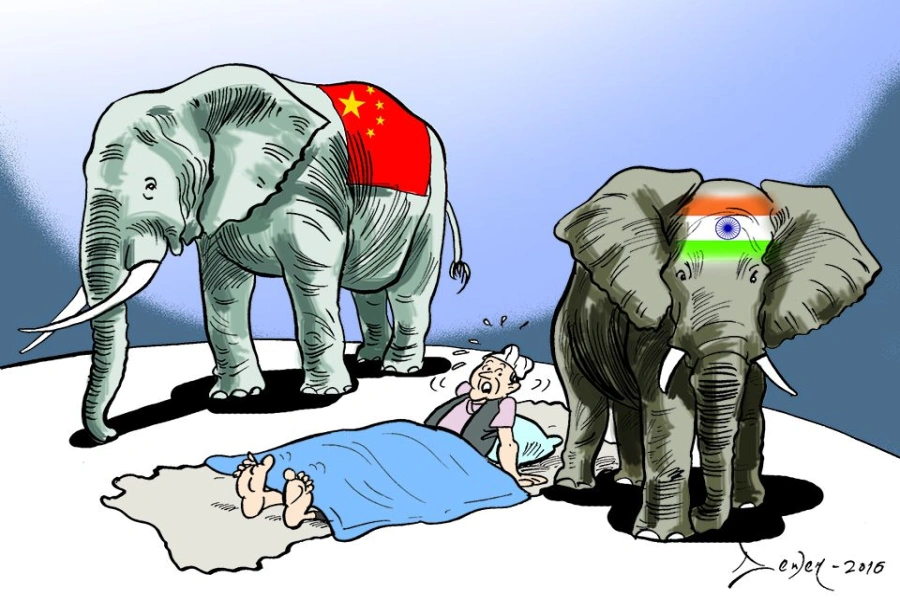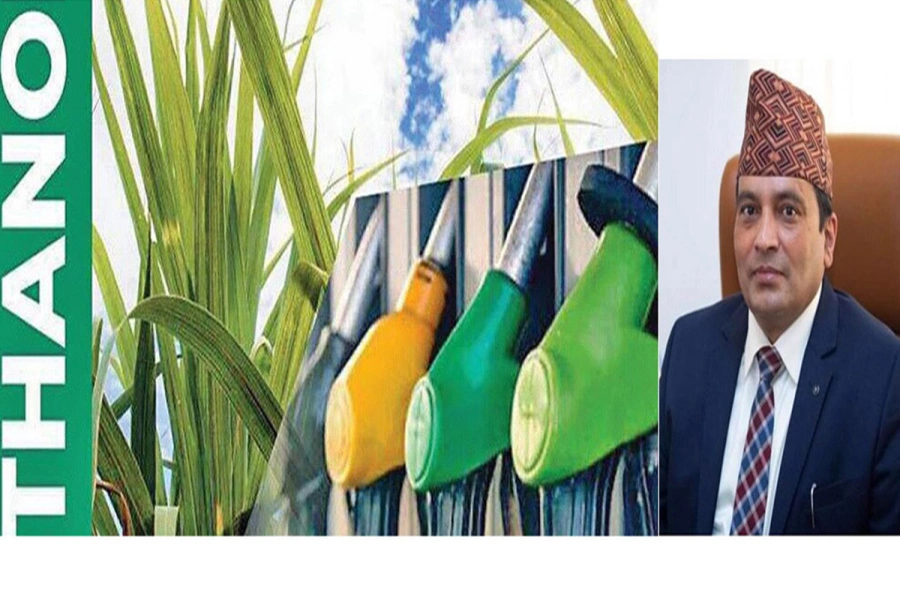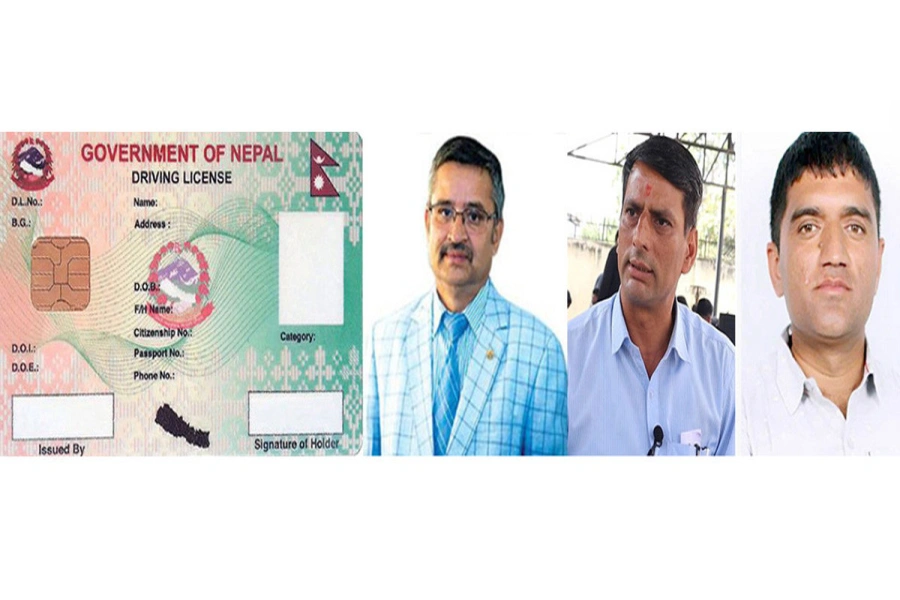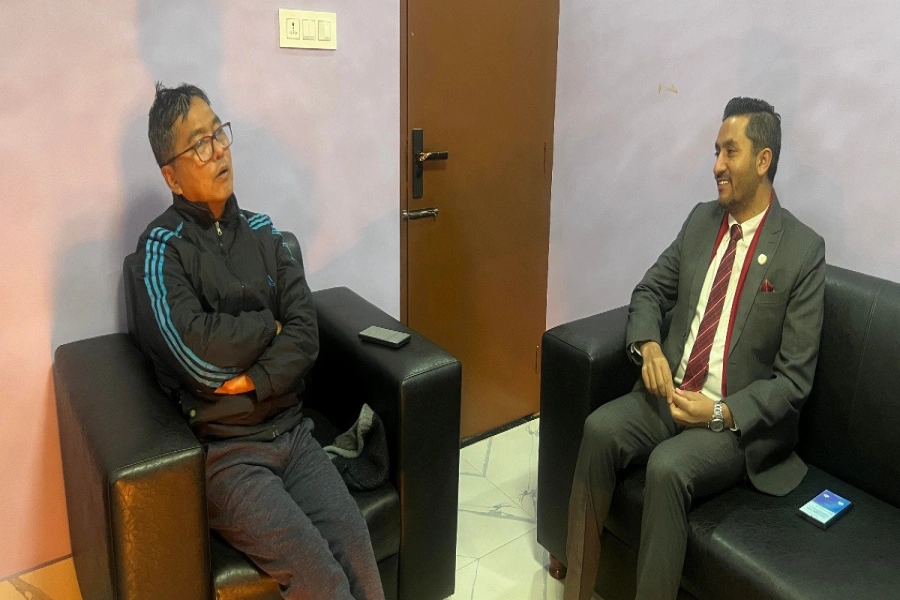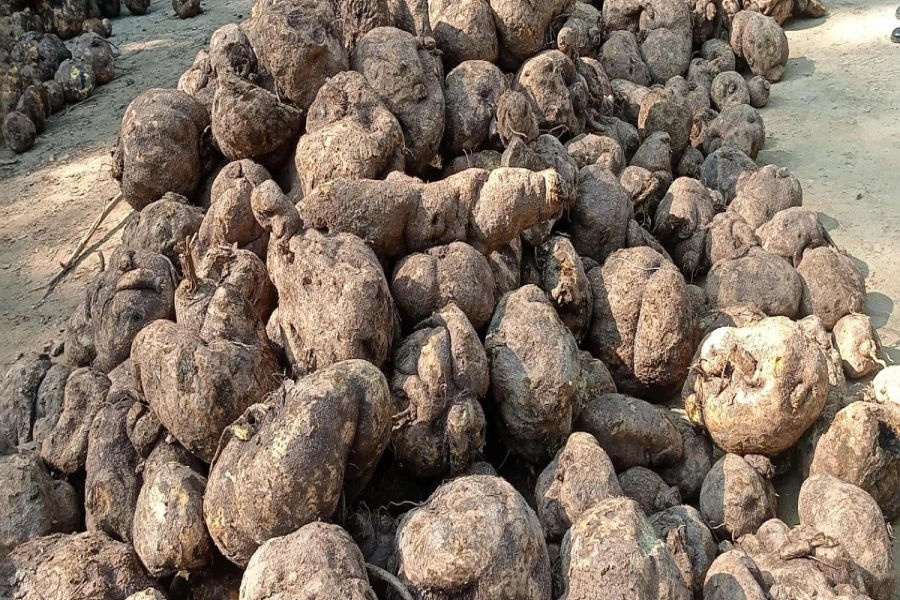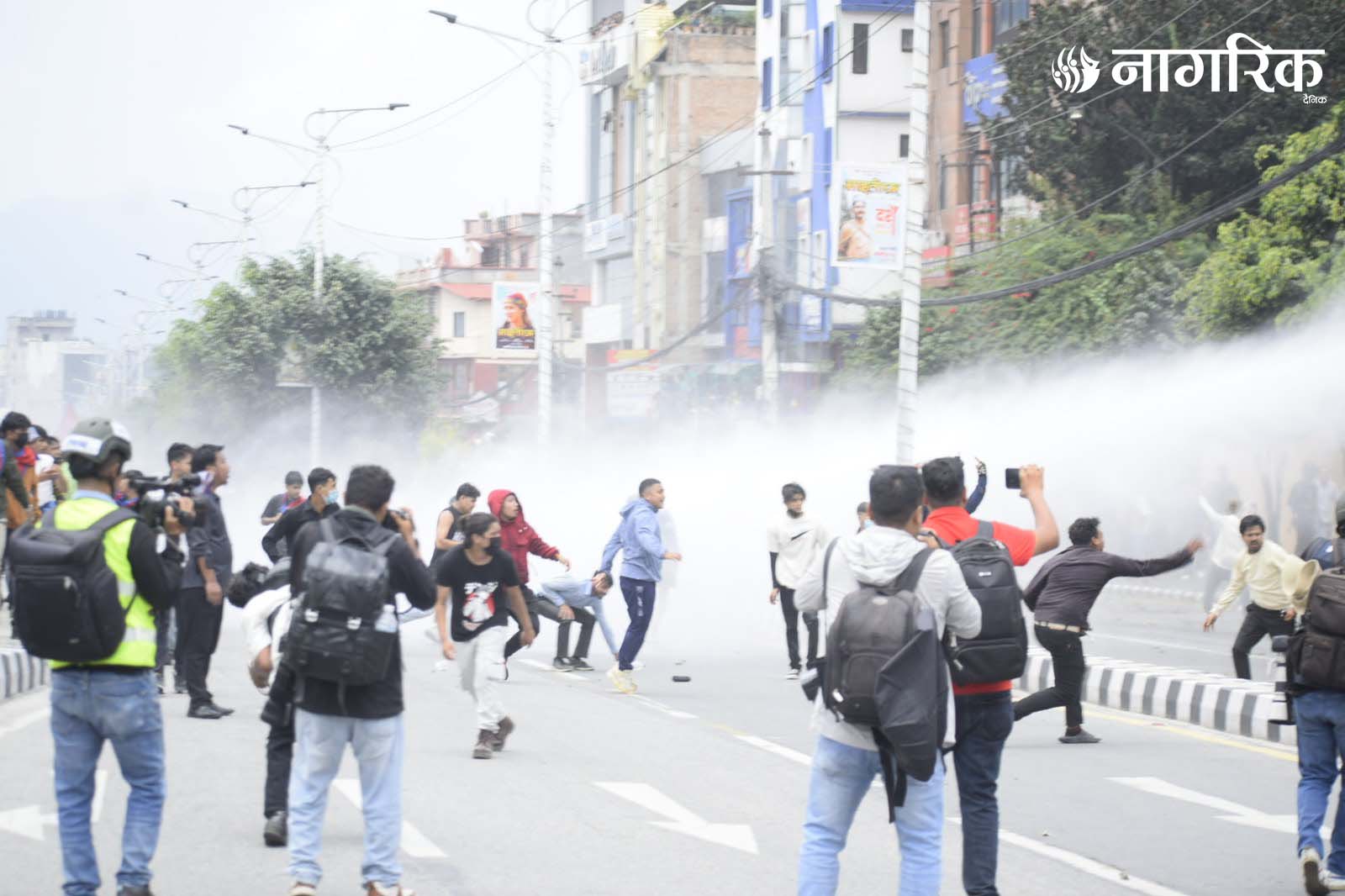Once a jewel of the Himalayas, famed for its ancient temples and crisp mountain air, Kathmandu now suffocates under a thick shroud of smog. As of this morning, April 5, 2025, the Air Quality Index (AQI) has soared past 300. That’s over 20 times the World Health Organization’s safe threshold of 15 µg/m³. For the 1.4 million residents of this valley, breathing has become a daily risk. What’s poisoning Kathmandu’s air? How is it claiming lives? And why, in 2025, has the government failed to act decisively?
Walk through Kathmandu’s chaotic streets, and the culprits are impossible to miss. A gritty haze claws at your throat, a mix of human folly and nature’s cruel design. Vehicles lead the charge over a million cars, bikes, and rickety buses clogging the city, growing by 12% each year. Most are aging diesel hulks, belching PM2.5, carbon monoxide, and nitrogen oxides. Narrow roads and a skeletal public transit system keep people glued to their private rides, worsening the chokehold. Then there’s the construction boom. Kathmandu is South Asia’s fastest-growing urban sprawl, a frenzy sparked by the 2015 earthquake’s wreckage.
Cranes tower over the skyline, but dust flies unchecked; rebuilding sites rarely bother with basic controls like water sprays. Nearby, brick kilns and small factories burn coal and scrap wood, pumping out toxins with abandon. The valley’s bowl-like shape, cradled at 1345 meters by towering peaks, traps it all. Cold air sinks in winter, locking pollutants in place, while a trickle of smog from India and China, about 5% of the total, adds to the misery.
It isn’t just a dirty skyline; it's a public health catastrophe. The WHO ranks air pollution as Nepal’s deadliest environmental threat, responsible for an estimated 42,100 deaths nationwide in 2023 alone, with Kathmandu bearing the heaviest burden. PM2.5 particles worm into lungs and bloodstreams, increasing the risk of lung cancer by 18%, heart disease by 25%, and strokes by 20% over years of exposure, according to a 2024 Lancet study.
Toxic haze chokes Indian capital
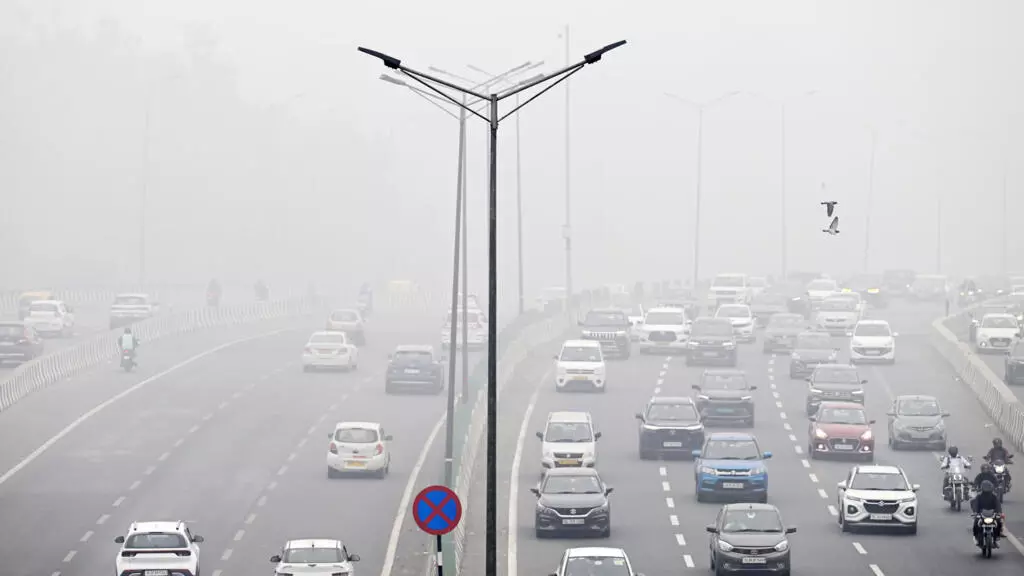
Sudden spikes spark asthma, bronchitis, and pneumonia. Hospital admissions for respiratory issues in Kathmandu have surged 35% since 2020. The Air Quality Life Index (AQLI) pegs the average life expectancy loss at 3.5 years here, with some areas losing up to 5 years during smog peaks. In 2025, experts link roughly 5,000 deaths in the city to this toxic air. Children’s developing lungs suffer irreversible damage, while the elderly face heightened risks of chronic obstructive pulmonary disease (COPD) cases, which have doubled in the past decade.
Hospitals are swamped; respiratory wards overflow. When AQI spikes, schools shutter, leaving parents scrambling. The toll isn’t just physical but also mental; strain festers with a 15% rise in anxiety and depression cases tied to poor air quality, as per Nepal’s Ministry of Health. The economy bleeds too. Nepal loses an estimated $2.8 billion annually to healthcare costs and lost workdays, while tourism, its lifeline, falters. “I came for the mountains, not this smog,” a masked trekker muttered near Thamel last week.
So why, with answers in hand, does Kathmandu still choke? The government’s inaction is maddening. The 2019 Kathmandu Valley Air Pollution Management Action Plan vowed cleaner air by 2024, yet here we are. Last month, AQI hit 365 µg/m³; officials barely blinked, ignoring their emergency trigger of 300.
The National Plan for Electric Mobility dreamed of 20% EVs by 2020. Charging points remain a rarity, and old buses rumble on. Construction rules gather dust, unenforced amid corruption and thin budgets. Factory emissions? Loosely checked. Wildfires rage yearly, but the National Disaster Risk Reduction team scrambles with paltry gear. Awareness campaigns? Barely a whisper. Nepal’s COP26 pledge of net-zero by 2045 rings hollow when its capital drowns in smog. “Plans pile up, but nothing happens,” a shopkeeper near Durbar Square gestured at the gray veil overhead.
Hope isn’t lost if Kathmandu acts fast. Cleaner transport could shift the tide. Electric vehicles (EVs) are trickling in as Nepal imported 70% electric passenger cars last year, but charging stations lag. Subsidies and stricter rules could phase out diesel relics, while electric buses might ease traffic’s choke. Construction needs a reins mandate, wetdowns, and tarps to trap dust. Brick kilns could switch to gas or modern tech, cutting emissions sharply.
Wildfires demand action: train farmers to ditch slash and burn, boost firefighting crews, and reforest the hills to soak up carbon. At home, affordable LPG or solar stoves could replace wood fires. A burn ban on trash and crop waste, paired with better garbage systems, is overdue. Awareness matters too. Masks and purifiers save lives, but only if people learn to use them. Regionally, Nepal could sync with India and China, sharing data to curb cross-border haze, as pitched in the Kathmandu Roadmap.
Kathmandu’s plight is a slow-motion disaster. Cars, dust, fires, and geography are conspiring against it. The fixes are clear, but political will is not. Residents face another day of shallow breaths, trapped in a crisis they didn’t spark. Nepal’s leaders must wake up. Health, tourism, and lives hang in the balance. Excuses won’t scrub the air clean. Only action can. As spring wildfires loom and traffic roars, the clock ticks louder. Will 2025 be the year Kathmandu fights back or the year it surrenders to the haze?



